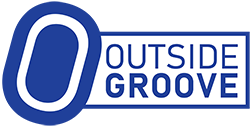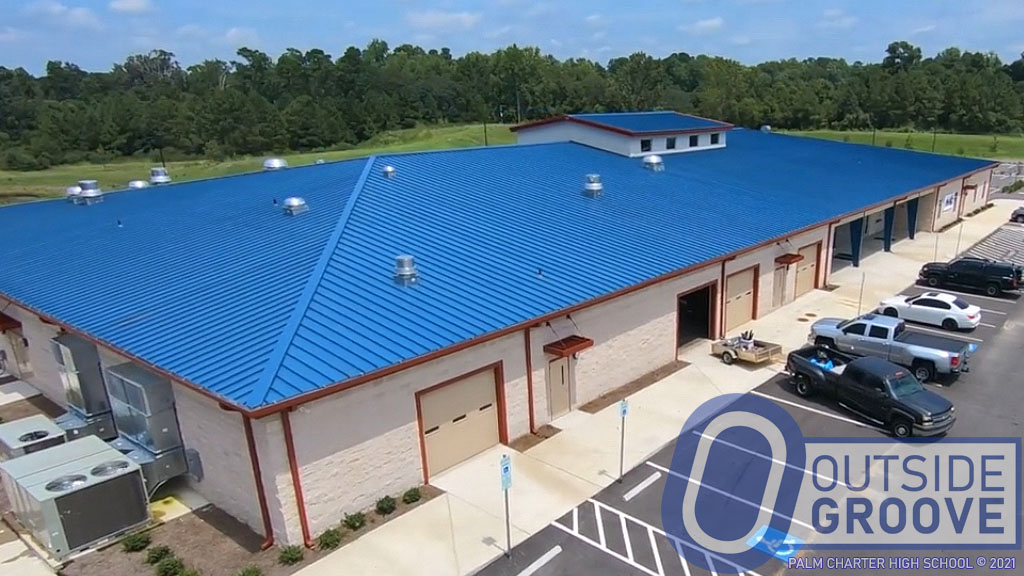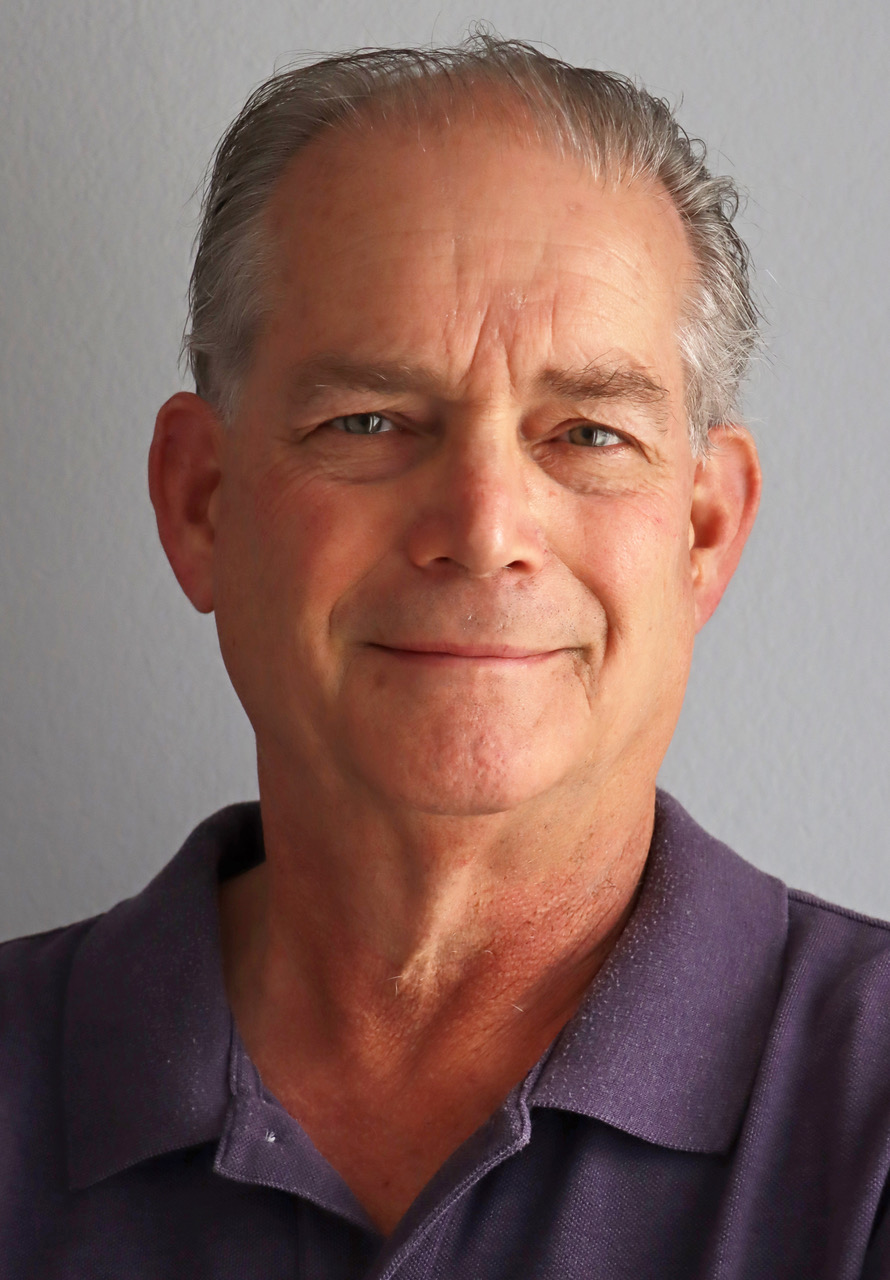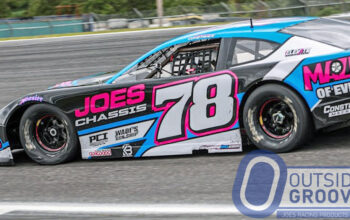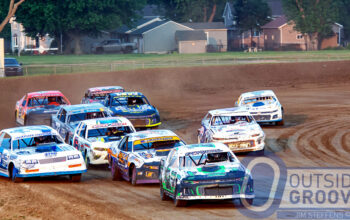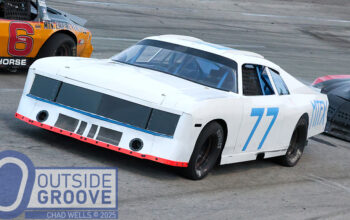By using racing as its platform, the Palmetto Academy for Learning Motorsports Inc., aka PALM Charter High School, is creating the next generation of fabricators, welders, and other tradespeople.
Founded 10 years ago, the tuition-free public charter high school has 195 students. Only residents of Horry County can attend the school located in Conway, South Carolina. However, some parents have moved their families to the county in order to enroll their children in the school that offers a unique curriculum.
In addition to teaching the standards of math, science, English, and history, the coursework includes a motorsports lab. That lab provides hands-on learning for auto collision repair, digital graphic arts, sheet metal fabrication, and welding.
“We have a unique specialty educational setting,” said PALM Charter High School principal Avery Moore. “The cars in the lab are raced, and the students are taught at the racetrack when we race.”
Moore steers one of the school’s five limited late models, which they use as the center of the lessons in the motorsports lab. Teacher Alex Hicks competes in another late model. They used to race the late models 15 minutes down the road at Myrtle Beach Speedway. With Myrtle Beach Speedway’s closure after last season, they plan to now head to Florence Motor Speedway, and hour and a half away in Timmonsville, South Carolina.
“The track is a big piece of the entire educational experience,” Moore said. “The students come to the track and work on the car. They are part of a big team.”

Photo Credit: Courtesy PALM Charter High School
One of the Success Stories
Hicks started out at PALM Charter High School as a freshman student when the school first opened. A racer since he was 14 years old, Hicks graduated from the program, and then worked for a race team. He has since returned to the school to teach in the motorsports lab.
“The school is a footstep to the motorsports community,” said Hicks. “Students can take what the learn here and run with it. Whether its metal fab, welding, or graphics, they can take those skills anywhere.”
Hicks applied what the school taught him to his race team.
“I built my own late model chassis from what I learned at school,” Hicks said. “I had questions on the geometry of the chassis, and [teacher] Mr. Miller connected me with team owner Barry Elvis. I called him to ask questions.”
Elvis saw Hicks’ chassis. Impressed with his work, Elvis offered Hicks a job after graduation.
“I raced and worked for Elvis for three years,” said Hicks. “Then I had an urge to teach. I wanted to share my experiences with students. I applied to come back to the school as a teacher.”
Inspiring a New Generation
The school features a diversified population, with 13% of its enrolled students Hispanic, 8% African American.
The student population also includes 30 females, which include senior Mistidawn Jewell. She spotted for her father, Lionel Jewell, who raced at Myrtle Beach Speedway. At the track, she discovered the school.
“I was in the spotter’s tower and I could see the school, and its sign,” said Jewell. “There were cars on the track with the school’s logo. I told my dad I wanted to go on a tour of the school.”
Jewell entered the school with an interest in repairing crashed cars.
“It was a great feeling of accomplishment to bring a car back to its original beauty,” Jewell said. “Then, I took a semester of welding. I loved welding more. I’m a creative person, and welding is definitely an art.”
After learning the craft, she’s welded on her father’s car and others. She intends to further learn the trade at the Tulsa Welding School in Jacksonville, Florida, following graduation.
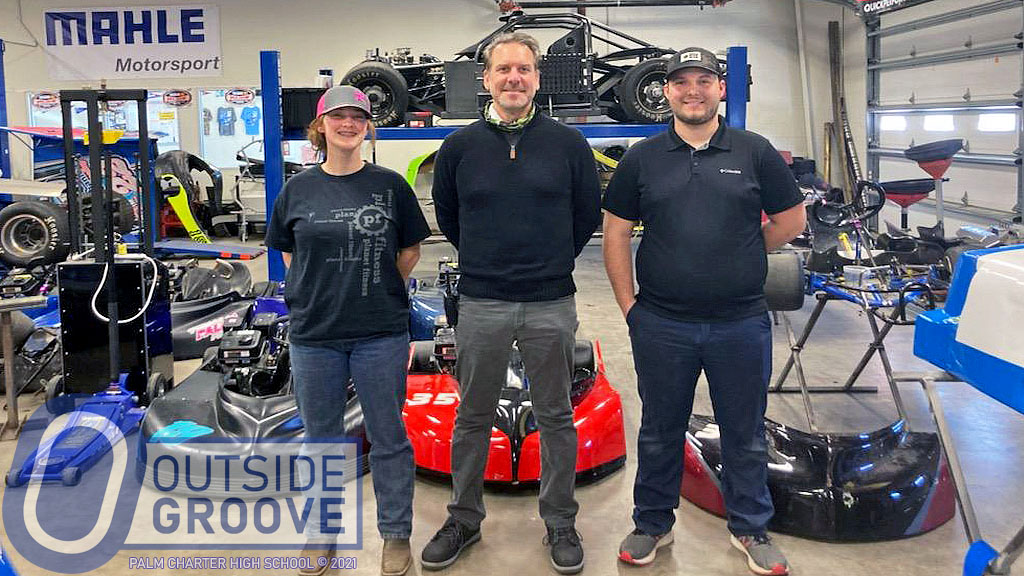
Photo: Courtesy PALM Charter High School
Future Aspirations
Moore sees the PALM Charter High School serving as an example for other schools across the country.
“It is a vision of mine that we will not be the only school providing an intense level of motorsports education,” Moore said. “This is a flagship program that can exist across the nation. We’re just in the beginning stages of setting up a platform.”
Moore looks to spread word of the school and its success.
“Every state has a charter school alliance. There are labor needs in the fields we teach,” said Moore. “The challenge is to get in touch with the people who have a need for our students.”
Mike Adaskaveg has written hundreds of stories since the website’s inception. This year marks his 54th year of covering auto racing. Adaskaveg got his start working for track photographer Lloyd Burnham at Connecticut’s Stafford Motor Speedway in 1970. Since then, he’s been a columnist, writer, and photographer, in racing and in mainstream media, for several outlets, including the Journal Inquirer, Boston Herald, Stock Car Racing, and Speedway Illustrated. Among Adaskaveg’s many awards are the 1992 Eastern Motorsport Press Association (EMPA) Ace Lane Photographer of the Year and the 2019 National Motorsports Press Association (NMPA) George Cunningham Writer of the Year.
